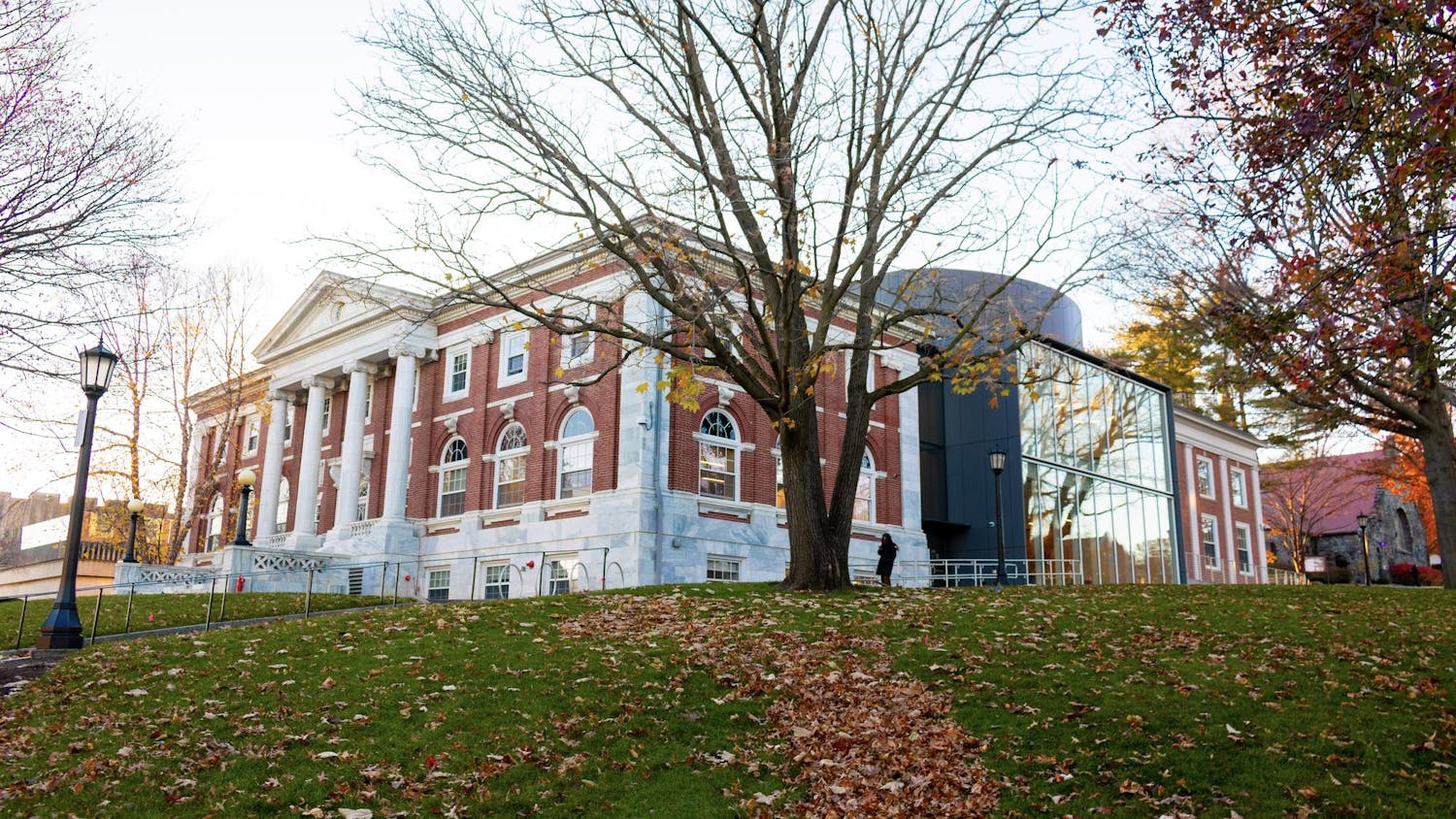A blue-haired socialist with a giant septum piercing. A goateed right-winger donning a sleeveless tank and an American flag tattoo. Highly exaggerated and yet eerily similar. Despite the divisive media coverage that paints America as ‘MAGA red’ versus ‘AOC blue’ and the popular acceptance of these divisions, the political climate is a more nuanced purple. Per a recent Gallup poll, roughly 46% of Americans identify as Independents, with Republicans and Democrats falling in at 28% and 24%, respectively. Moreover, the majority of those who identify as Republicans or Democrats are more towards the center of the spectrum.
Of course, there is some truth to the media’s claims. America is still extremely polarized across party lines. A 2022 Pew research study states that 29% of Americans believe party association says a little, and 15% say it details a lot about whether someone is a ‘good’ or ‘bad’ person. Furthermore, those aged 18–50 (52%) are more likely than their older counterparts (37%) to believe one’s party reflects their character. This shows that polarization will continue through younger generations. Though viewers could liken these statistics to youth radicalism, further studies attest that general negativity towards those across the aisle has increased in recent years. In 2002, 26% of Democrats and 20% of Republicans had very unfavorable views of their counterparts. In 2022, Democrats rose to 54% and Republicans to 62%.
Intra-party conflict has also increased. In 2012, Mitt Romney was the Republican presidential nominee. Now, he is ostracized by his party for opposing former President Donald Trump. The House Republicans booted Kevin McCarthy from his position as the speaker of the House after he compromised with Democrats to prevent a government shutdown. Although there is less infighting between Democratic politicians, the party is also divided. Those who wanted a more progressive candidate in 2020 than President Joe Biden — perhaps an Alexandria Ocasio-Cortez or a Bernie Sanders, share a party with those who believe Biden has become too liberal. Evidently, polarization is not an extremist issue, but an American issue.
However, most Americans can agree on one front: The political process in this country is simply not satisfactory. The government routinely threatens to shut down. Compared to our international peers, our democracy is much more fragile, and plagued by structural problems, like crime. According to a Pew study, a mere 4% of American adults believe the political system functions extremely or very well. 86% of Americans think parties prioritize battling each other over problem-solving, and 28% hold negative views of both political parties. To have a well-functioning government, American culture needs to change. Dialogues should be avenues for mutual learning, not disingenuous debates. Modifying one’s opinion is and should be a virtue.
There are a few important steps. Media companies need to stop dividing us. A whopping 45% of citizens have “little to no confidence” in the news’ ability to report complete, accurate information. Damaging media trends, like “us v. them” narratives, reporting based on fear and the oversimplification and radicalization of politicians are all things that generate revenue and views. Unfortunately, these trends are all incredibly damaging to democracy. We need to replace highly opinionated news with more neutral, fact-based sources.
With younger Americans increasingly getting their news online, technology platforms need regulation. Social media algorithms promote confirmation bias, creating a bubble of skewed content for their users. Though it will be hard to reverse these algorithms as they are already embedded into massively popular platforms, these companies should be more straightforward about their technology and showcase a broader scope of content.
Additionally, we should encourage a diversity of viewpoints. Currently, only 26% of Americans rate the quality of political candidates as very or somewhat good. This low favorability results from the high cost of a campaign coupled with a political climate that discourages individual thinking. Candidates should offer a unique combination of viewpoints to fit voters’ needs. It should not be unheard of to simultaneously oppose loan forgiveness and promote mandatory sex education, or to support both climate action and tax breaks.
Although both parties tend to have different priorities, they share resounding similarities. The right often complains of cancel culture, while the left accuses the right of censorship. Yet both parties want to filter ideas so that only the ones they believe are representative are accessible. But the parties’ ideas of representation differ greatly. The far left wants to filter ideas they deem racist, homophobic, misogynistic or ableist. They stress the more negative, ‘underdog’ aspects of history and culture that ignore the accomplishments of the controversial. The right tends to have a more ‘victor-centered,’ accomplishment-based perspective that downplays the struggles of the marginalized and the cruelties of the champions. Both sides fail to capture the full picture. The right forces its religious agenda on others; the left does the same with their social views. Neither party is truly against ‘big government’ nor for pure ‘free speech.’ The parties simply disagree on what should be allowed and what should be policed.
We must make an effort to understand each other. If we push aside our preconceived notions, we invite dialogue. Only then can we work together to create a better country and world for all.






